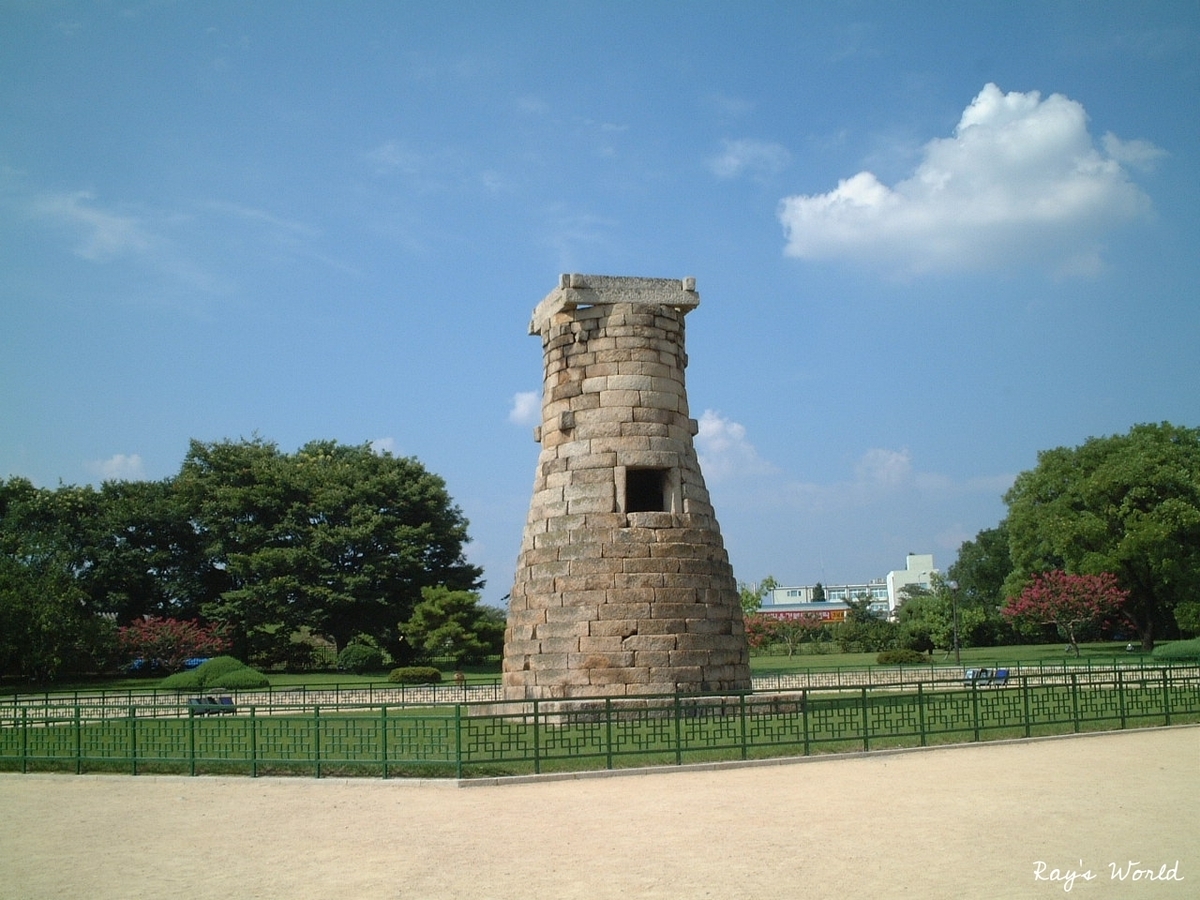
*変わらぬ星空と変わりゆく人間の建造物~東洋最古の天文台を訪れた話
紫金山・アトラス彗星が間もなく見頃を迎える。日本では四半世紀振りに肉眼で見られる大彗星で、天文好きな方々の間では話題になっている。別記事でも書いたが私は星空案内人(星のソムリエ)の資格を持っており、この世紀の天文ショーを是非見たいと期待をしている内の一人である。
さて、天文学の歴史は古く、世界最古の星座は今から5000年前の紀元前3000年の古代バビロニアにまで遡る。太古の昔から人々は夜空を見上げて天文学を発展させてきた。世界各地に天文台があるが、東洋最古の天文台は実は韓国にある。
私は20代の頃に韓国に旅行をしたが、飛行機だと一瞬で着いてしまうので陸路で行こうと考えた。新幹線で博多まで行き、夜行フェリーに乗って釜山へ、そこからバスでソウルに向かった。道中、何か観光名所がないか調べてみると釜山からバスで1時間程の所に慶州歴史遺跡地区という場所があり、歴史的遺産が残されているとのことだったので訪れることにした。そこには古墳や史跡があり、その中に瞻星台(チョムソンデ)という東洋最古の天文台があった。7世紀の新羅の時代に作られた建造物で大きさは約9メートル。単に石が積み上げられているだけのように見えるが、実は色々と緻密な計算に基づいて作られているとのことだった。宇宙の歴史と比べると人の歴史は短く一瞬である。人間が造った建造物は朽ちるが、太古の人々が見ていた星空は今の星空と変わらない。天文好きな私は当時の人々がここで星空を観察していた姿を想像して、ワクワクしながら天文台を眺めていた。
*The Unchanging Night Sky and Changing Human Structures: Visiting the Oldest Observatory in the East
The Zijing Mountain and the Atlas Comet will soon be at their best viewing point. This is the first great comet in Japan visible to the naked eye in a quarter century, sparking excitement among astronomy enthusiasts. As I’ve mentioned in another post, I hold a qualification as a “Star Sommelier,” and I am among those eagerly awaiting this celestial spectacle.
Astronomy has an ancient history, with the earliest constellations dating back 5,000 years to ancient Babylonia. People have long gazed at the stars and advanced astronomy. While there are observatories around the world, the oldest in the East is in Korea. During my twenties, I traveled to Korea overland via ferry and visited the Gyeongju Historic Areas, home to Cheomseongdae, the oldest observatory in the East, built during the 7th century Silla period. While it may seem like a simple stone structure, it’s based on precise calculations. The stars we see today remain unchanged, connecting us to the ancient observers who once looked up from this very spot.
As I gazed at the observatory, I couldn’t help but imagine the ancient people observing the same stars I love so much. Though the history of humanity is brief compared to the vastness of the universe, it is fascinating to think that these same stars have been watched by countless generations before us. The structures we build will eventually decay, but the stars, unchanged and eternal, remain constant.
At Cheomseongdae, standing in front of this historical structure, I felt a profound connection between the past and the present. The observatory, though modest in size at about 9 meters tall, seemed monumental in its significance. The precise calculations used to construct it were a testament to the advanced understanding of the cosmos in ancient times. Imagining the astronomers of the past studying the skies from here filled me with excitement, reminding me once again of the timeless nature of stargazing.


